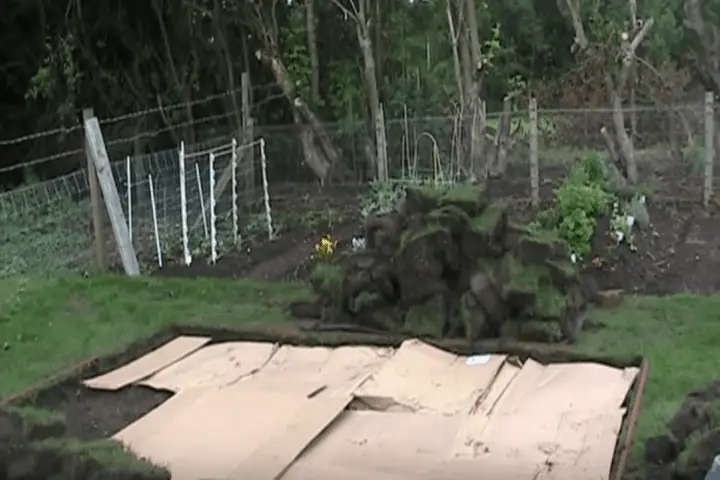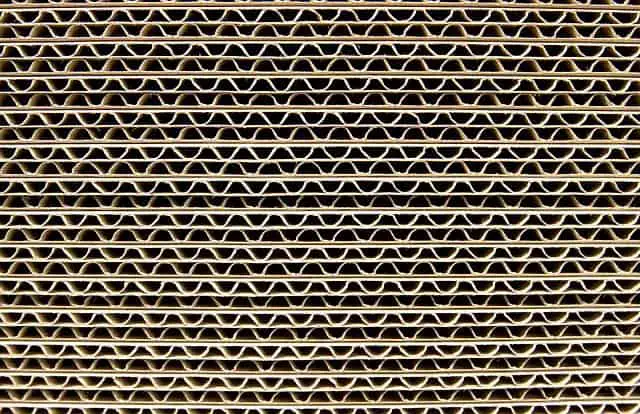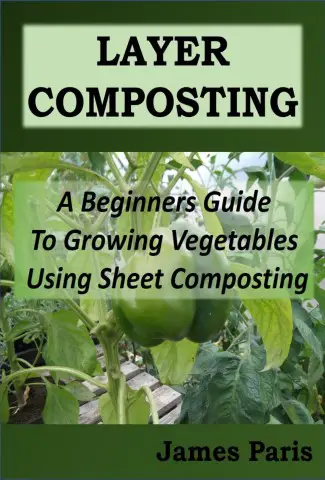
With the massive growth of the ecommerce industry thanks to the COVID-19 pandemic, the material that many households have in abundance right now is cardboard boxes – especially as the Christmas season approaches as I write this post.
This is the perfect opportunity to make good use of at least some of these boxes in the garden, rather than just sending them away with the local trash collection.
While it is true that not all cardboard should be used in the garden, especially if you are an organic grower, most plain brown cardboard boxes have many uses in and around the vegetable garden or indeed flower patch.
Some excellent uses for cardboard in the garden or yard include the following.
- Weed control: A layer or 2 of cardboard can be used to effectively suppress weeds. It can be placed at the bottom of a new raised bed to cover grass or weeds and stop them growing through to the top soil. Cardboard can also be placed on the dirt paths between vegetable rows in a traditional row garden, then covered over with bark chips to make an excellent natural pathway.
- Lasagna gardening: Also called layer composting, cardboard is the basis of many ‘lasagna’ gardens as it is used to separate the layers in a lasagna garden and also act as part of the carbon element needed in a good compost mix.
- Over-wintering Raised Beds: Flattened out cardboard can also be used to cover over raised beds for the winter. This prevents heavy rain from leaching away the valuable nutrients in the bed and the slowly decaying cardboard helps with conditioning the soil ready for the Spring growing period.
- Ground clearance: Cardboard can also be used to clear ground of grass or weeds by laying it out flat on the grass or weedy area you wish to clear for a few months (best over winter). After this time the cardboard will have degraded significantly and you should be left with an area of ground free from grass or weeds and ready for the vegetable planting. Do this by weighing the cardboard down with stones or sticks and keeping it moist by watering if you are in a dry region.
- Encouraging worms: Every good balanced garden needs a proliferation of garden worms. They keep the ground aeriated, help with composting and mixing by dragging organic material down into the ground, and their faeces is hugely beneficial to compost (check out vermicomposting). The really good news is that worms love wet cardboard! You will find if you lift any wet cardboard and look under it, worms will be there in abundance – a great ‘free bonus’ for the gardener.
Can cardboard be added to the compost bin?
Absolutely! Cardboard is a great source of carbon which makes up the bulk of your compost (at least ¾ of the composting material should be carbon or ‘brown’ material). Rather than just throw it in the bin though, shred it up or tear into small pieces so that it will break down more efficiently into the compost.
If the cardboard is torn up in this way it can break down into the compost in around 3-4 months. This makes it an excellent choice for composting material.
Can all cardboard be used in the garden?
Whilst the majority of cardboard can be used in the garden, it is not advisable for some types to be used especially if you are an organic gardener and conscious of possible soil contamination.
The best cardboard to use is the brown corrugated type as it breaks down well and can sometimes be 2 or even 3 layers thick with corrugations between the layers.

As a general rule, when choosing cardboard for the veggie patch you will want to avoid the shiny cardboard or cardboard that has been color printed as the color dyes will leach into the ground and the shiny effect is usually a wax covering that is not good for the soil.
Remove any sticky tape, large staples, and labels that are stuck to the box before using it in the garden.
Using newspaper in the vegetable garden
Newspaper is another ‘free’ resource that can be used in all the same ways as cardboard in and around the vegetable garden.
It can be used to cover an path area or between rows of plants if you lay it down and then cover over with bark chips to weigh it down. This will give a great natural look to the area and will act as an excellent weed suppressant.

Likewise newspaper can replace cardboard in a lasagna type garden, or at the bottom of raised beds.
Shredded newspaper makes excellent mulch and a valuable addition to the compost heap.
What to avoid when using news or magazine paper.

Do not use colored or shiny paper as it will contaminate the compost heap and does not degrade so well in some cases. Plain black print newspapers use organic ink these days based on soybean oil, so they are ok to use.
Colored inks however may contain petro-chemical elements – especially the glossy types found in many magazines, so as a general rule I tend to avoid these for gardening work – especially for composting.
Summary:
According to official government papers for the US alone, It is calculated that 12% of all landfill is cardboard or paper waste of some type or other. To my mind this is an incredible waste of a product that could in most cases be ‘upcycled’ and put to good use in many vegetable gardens.
for the US alone, It is calculated that 12% of all landfill is cardboard or paper waste of some type or other. To my mind this is an incredible waste of a product that could in most cases be ‘upcycled’ and put to good use in many vegetable gardens.
With the massive rise in home deliveries – many of which use cardboard boxes – this offers a tremendous opportunity for the savvy householder/gardener to take advantage of a free resource that could massively impact their vegetable garden for the better.
As for collecting this cardboard, there is a virtually endless supply available (with permissions of course) from your local store, or indeed neighbours who are usually glad to get rid of the unwelcome cardboard build-up.



